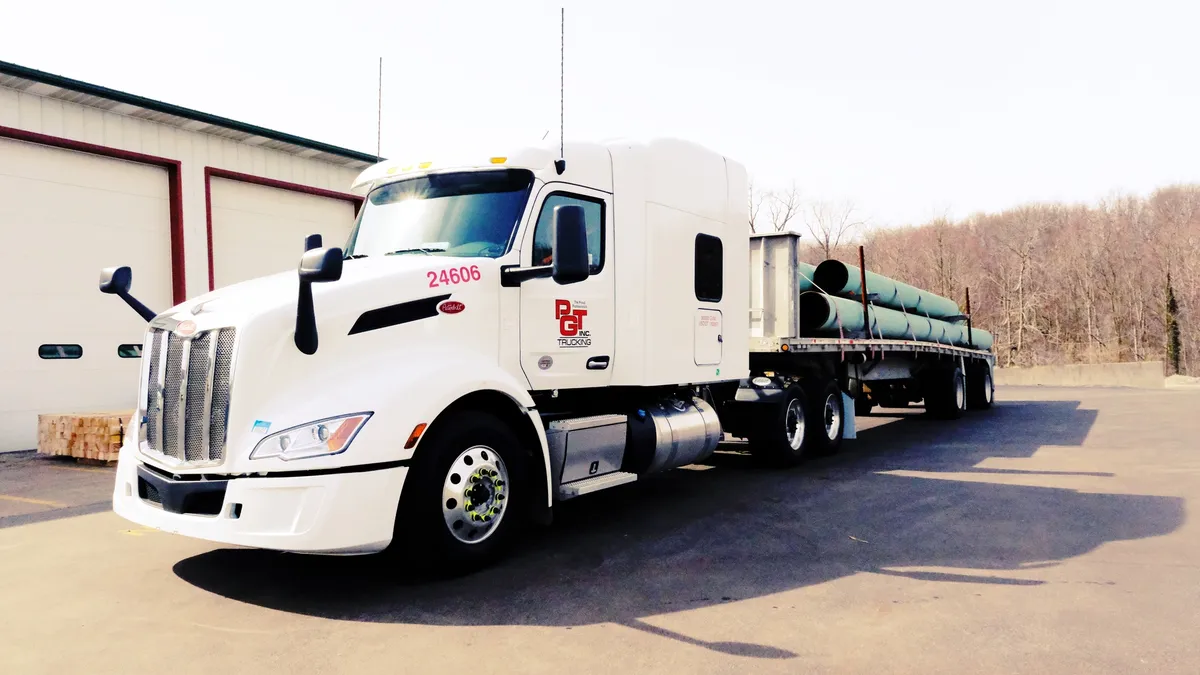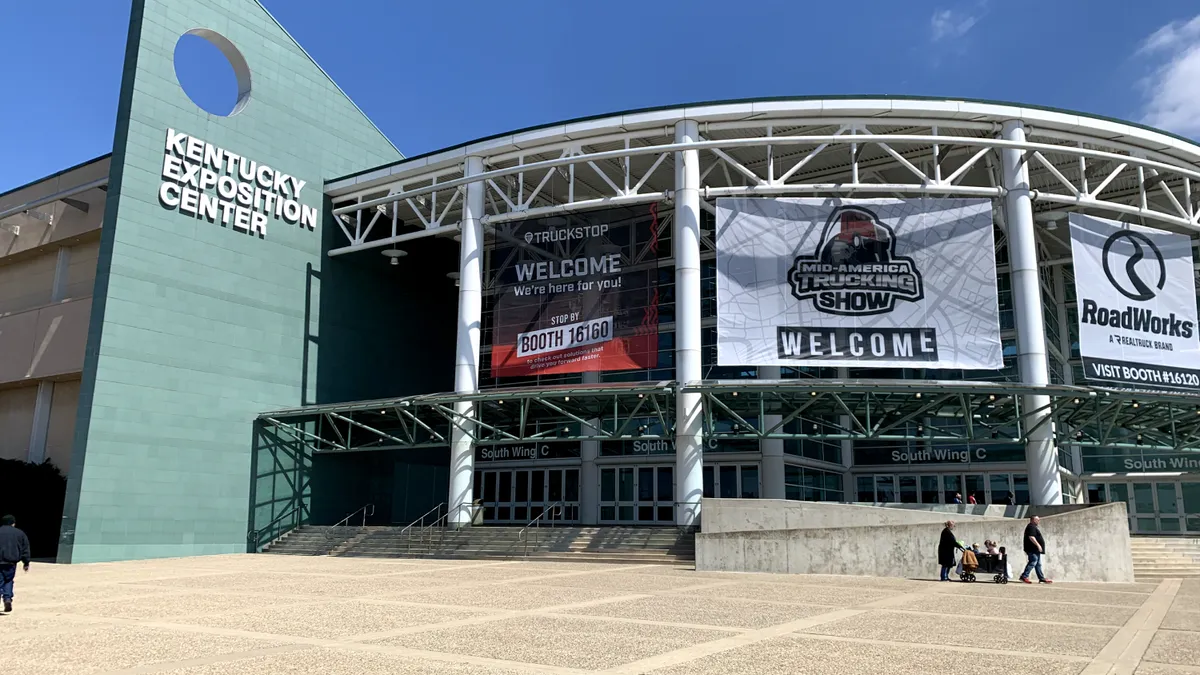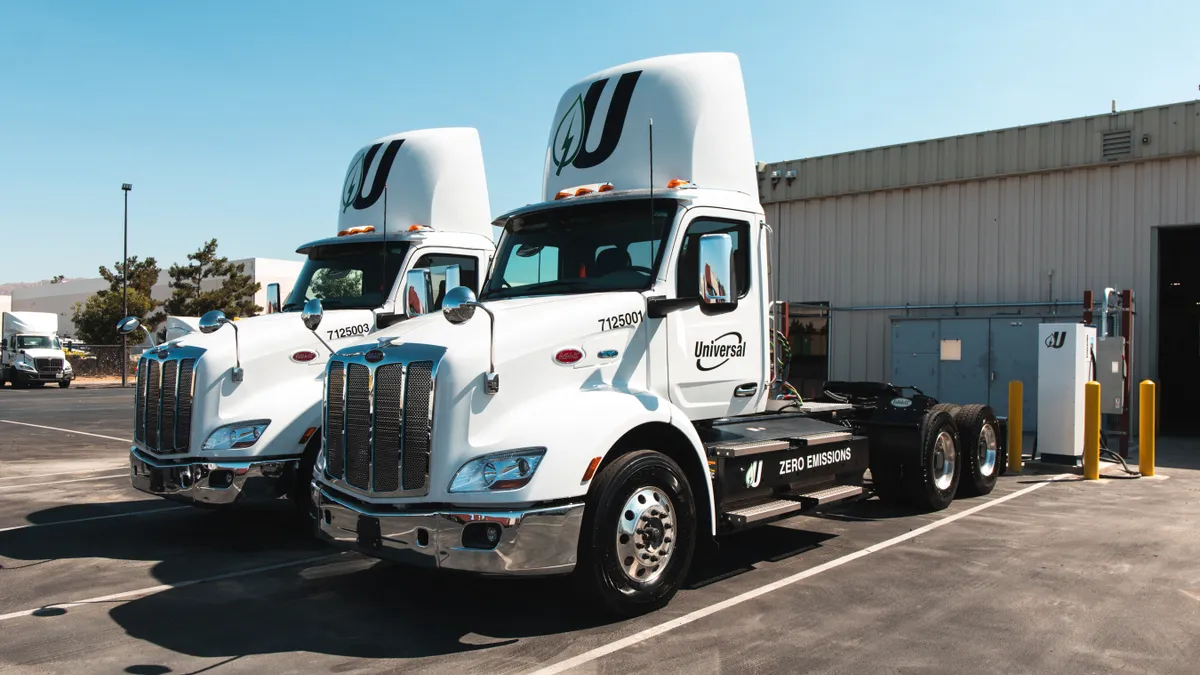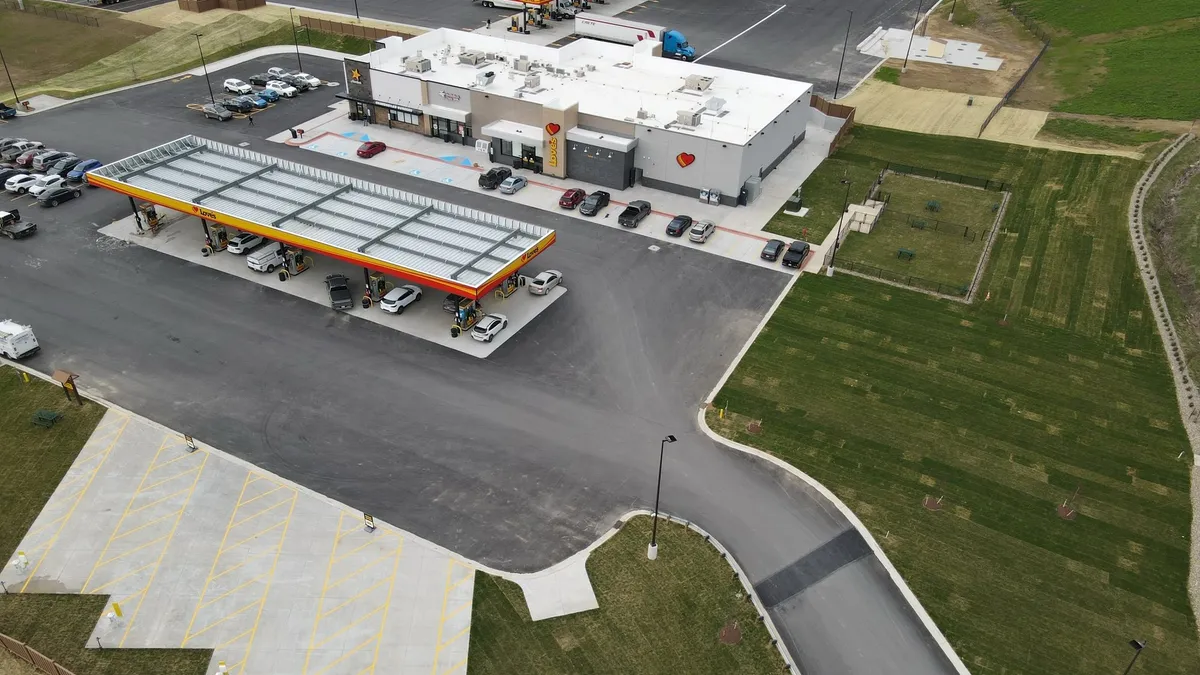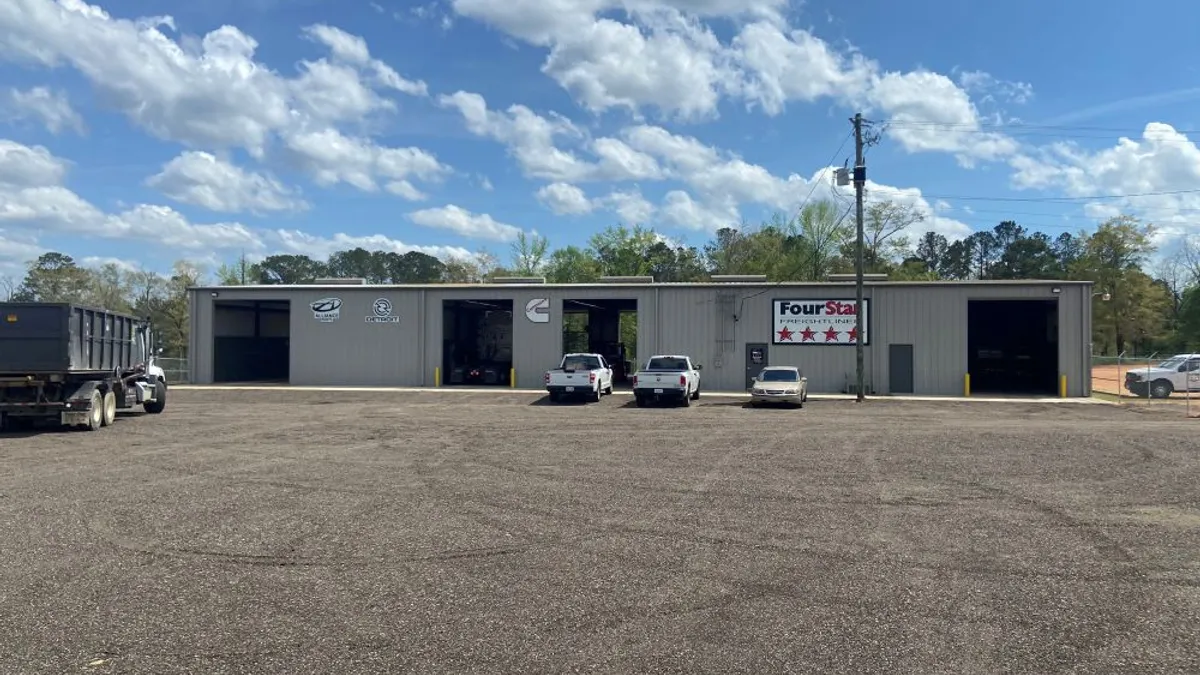When mortgage rates began rising, flatbed carriers recognized it wouldn’t take long for demand in shipments of building materials for new home construction to weaken.
PGT Trucking Inc. was prepared for this. Customer diversification has helped the Pennsylvania-based company maintain steady workflow in the face of a shifting market.
“New home construction is down, and we’ve seen a temporary decrease in shipments of drywall, shingles, and wood products,” said Chad Marsilio, senior vice president and chief operating officer. But he isn’t worried because the company has built a strong customer portfolio over its 42-year history.
“This allows our drivers to remain busy even when one sector softens,” Marsilio said.
Preparing for market changes isn’t new for the trucking industry. Dean Croke, principal analyst at DAT Freight and Analytics, said to study the flatbed industry is to study “the industrial economy on wheels.”
Flatbeds are the preferred transport for building and other raw materials as well as machinery, making it a good measure of the economy’s health, he said. And of late, the segment’s once rapid pulse has slowed when compared to the past few years of pandemic-related boom.
The tip of the iceberg
Industry experts say faltering new single-family housing starts have impacted flatbed carriers.
Increased borrowing and construction costs and tighter credit conditions have slowed growth to an annual rate of about 1%, according to the National Association of Home Builders. That’s down 31.6% when compared to the same time last year.
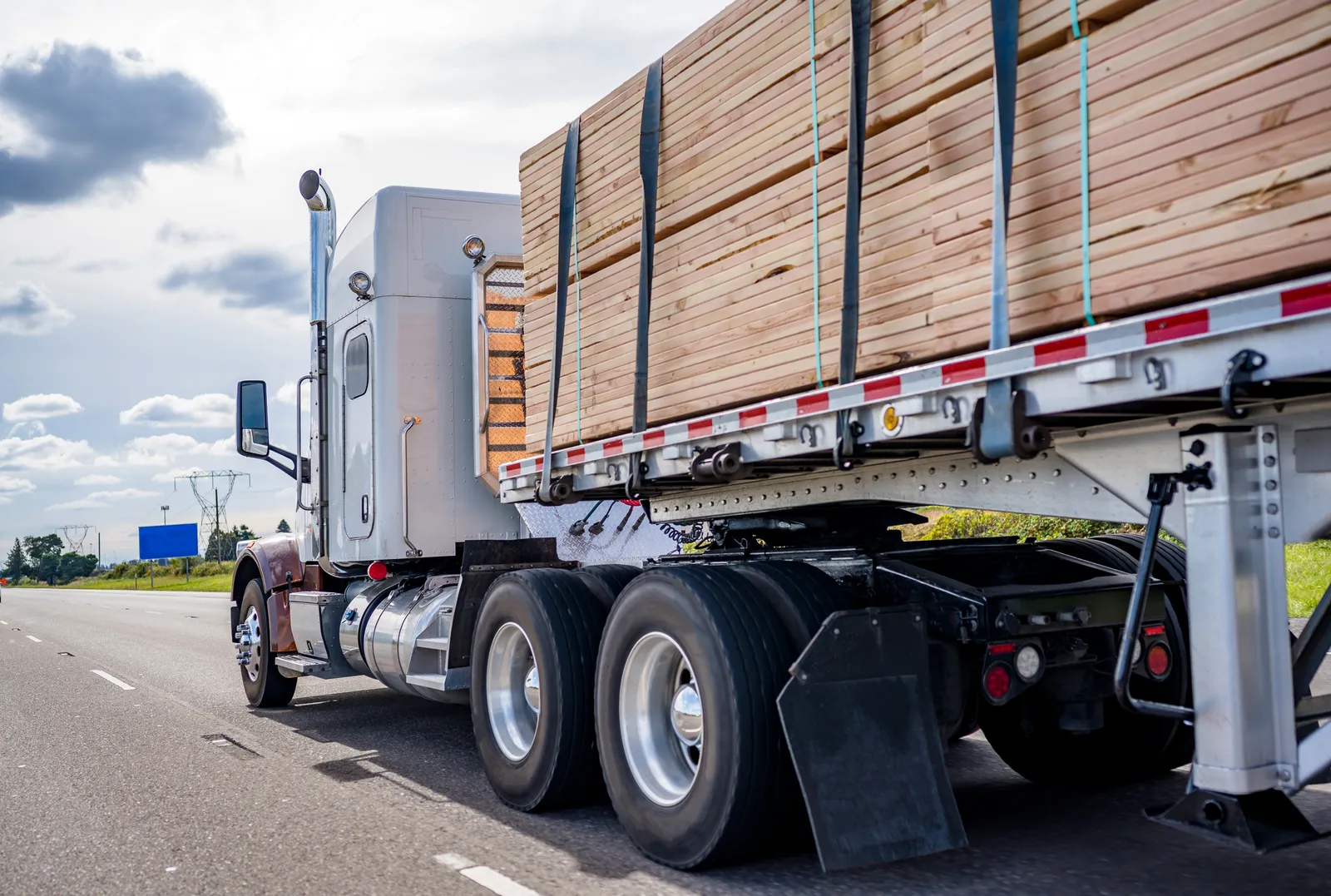
Croke said flatbed rates are inextricably tied to single-family home construction, but that’s not the whole story.
When looking at the 2022 and 2023 flatbed numbers to date, Croke forecasts an industry returning to normal, which isn’t necessarily a bad thing.
“The rates this year look very similar to what they looked like in 2018,” he said. “That was the last boom prior to the pandemic, and toward the end of that year, things began to cool and stayed that way until March 2020.”
How carriers cope with market changes varies between companies, but most remain optimistic about the year ahead.
Staying in the game
The operators of 1A1 Logistics knew the good fortune of higher-than-normal flatbed rates wouldn’t last forever and did all they could to prepare for the eventual drop.
Planning ahead is paying off for the Georgia-based family-owned company, whose fleet includes one flatbed and two step deck trucks. Juwan David, who runs the company with his father, Tyrone, said at the height of the pandemic, rates were $5 per mile, but now the range is between $1 and $2 per mile for 2,000-mile trips.
While rates were high, the Davids strengthened relations with customers recognizing the long-term benefits.
“When the pandemic hit, the rates were excellent for flatbeds,” he said. “Now that things have started slowing, we’re happy we have a steady group of customers.”
David saw many new flatbed companies enter the market when the segment was booming.
“Plenty of people jumped into the industry and bought trucks,” he said. “Now they’re realizing that the dropping rates are making it hard to pay bills.”
Rates may be down, but David believes better times are ahead.
“Things might get worse before they get better, but I think 2024 will be a good year based off some of the trends I’m seeing,” he said.

Recent passage of the 2023 national infrastructure legislation, which provides billions of dollars for assorted road and bridge maintenance and other building projects, may provide carriers with a needed boost, said Larry Woolson, regional operations manager for Wisconsin-based Roehl Transport.
“Certain flatbed and specialized freight is expected to start moving again in the second quarter to support slated projects,” he said. “There are large private construction projects all over the country that will require open deck equipment to bring in the needed materials.”
Woolson points to the burgeoning U.S. chip industry as an example. Numerous building projects have been announced including Integra Technologies’ plan for a $1.8 billion plant in Kansas and Texas Instruments’ $11 billion semiconductor plant in Utah, all of which will require substantial materials transport.
Croke with DAT said the flatbed industry is unique from other carrier segments.
“There’s less volatility for the flatbed market,” Croke said. “About 20% of the industry moves on spot rates because of one-offs. This compares to other parts of the industry, which is made up of about 10% spot rates.”
It’s also an industry that is accustomed to seasonal ups and downs and knows how to roll with the punches.
“Seasonality always inserts itself in the flatbed industry,” Croke said. “This year, we’ve had a warmer-than-usual winter and early spring in the Northeast, so there’s been a bump in flatbed demand the past (few) weeks. It’s a strong market for flatbed carriers.”
This aligns with what Marsilio has seen so far in 2023.
“The second half of the year will depend on interest rates, inflation, and consumer confidence,” he said. “Based on conversations with our customers, we will remain busy.”


